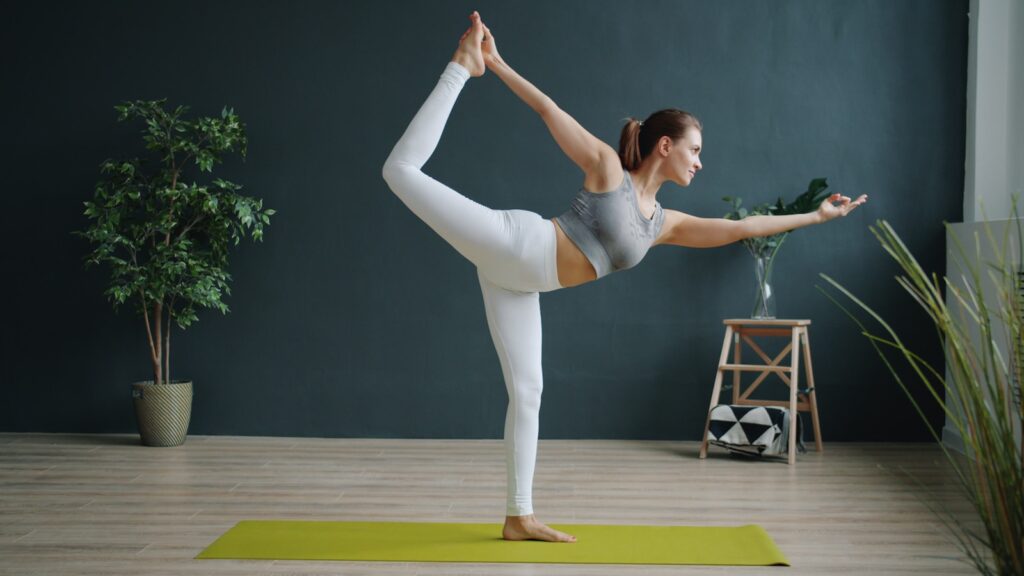Busy schedules often make long gym sessions feel impossible, but does that mean you can’t get fit? Enter the 10-minute workout—short bursts of exercise designed to deliver results in less time. While they may sound too good to be true, research shows these micro-workouts can be surprisingly effective when used strategically.
The Science Behind Short Workouts
Studies suggest that even small amounts of exercise add up. A 10-minute session that elevates your heart rate improves cardiovascular health and boosts energy. When done consistently, these workouts contribute to the weekly activity guidelines recommended by health organizations.
Short workouts also reduce the barrier to starting. Knowing you only need 10 minutes makes it easier to commit, helping you build a consistent habit that pays off long term.
Read More: How to Stay Fit When You Sit All Day
HIIT and EMOM Options
High-Intensity Interval Training (HIIT) is one of the most efficient approaches for short workouts. Alternating between bursts of effort and rest, HIIT can burn a significant number of calories and improve endurance in just 10 minutes.
Short HIIT sessions can also enhance insulin sensitivity and cardiovascular efficiency, making them a valuable choice for long-term health benefits. Even bodyweight-only HIIT routines can deliver measurable benefits without the need for equipment.
Similarly, EMOM (Every Minute on the Minute) workouts challenge you to complete a set of exercises within a minute, resting for the remaining time.
EMOM workouts are especially effective for building mental toughness, as they challenge you to stay consistent under time pressure. They’re also easy to scale by adjusting the number of reps or the exercise difficulty.
Both methods maximize effort in minimal time, making them ideal for busy individuals who still want to achieve results.
Read More: 7 Recovery Tools That Actually Work (And 3 That Don’t)
The Pros of 10-Minute Workouts
- Accessibility: No gym membership or fancy equipment required.
- Flexibility: Easy to fit into breaks, commutes, or busy mornings.
- Consistency: More likely to stick to shorter sessions when time is tight.
- Boosted Energy: A quick burst of movement can increase focus and productivity.
These benefits make short workouts an excellent tool for maintaining health and motivation.
The Cons of 10-Minute Workouts
While helpful, short workouts aren’t a complete solution for everyone. Ten minutes of movement may not be enough for those with specific goals, such as significant weight loss or building muscle mass. Over time, your body adapts, and longer or more intense sessions may be needed.
Another drawback is intensity—if you don’t push yourself during short workouts, the results won’t match up to longer sessions. They require focus and effort to be effective.
How to Make Them Work for You
If you only have 10 minutes, focus on compound movements like squats, push-ups, lunges, and planks that engage multiple muscles. Circuit training, stair climbing, or brisk walking can also serve as alternatives.
For best results, sprinkle short workouts throughout your week. Combining a few 10-minute sessions each day or pairing them with longer workouts helps ensure you meet your overall activity needs.
The Takeaway
Ten-minute workouts are effective for building consistency, boosting energy, and supporting overall fitness. While they can’t replace all longer sessions, they provide a powerful option for busy days. Use them as a supplement, not a substitute, and you’ll still reap impressive health benefits.
Read More: Stretching: Before or After? The Truth About When to Do It




